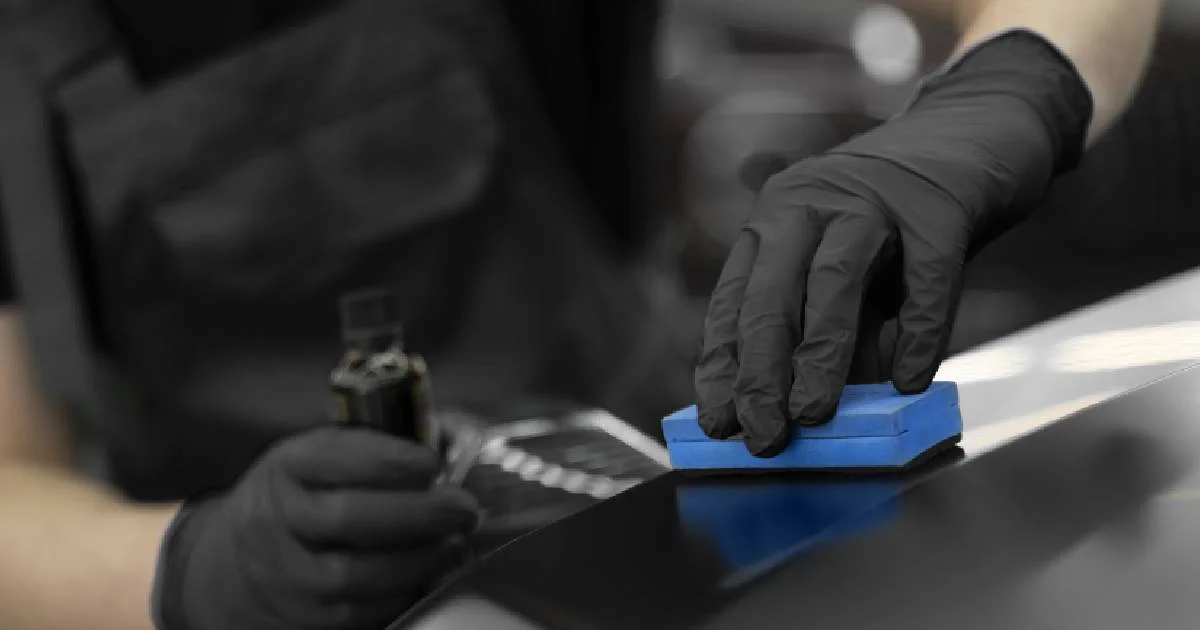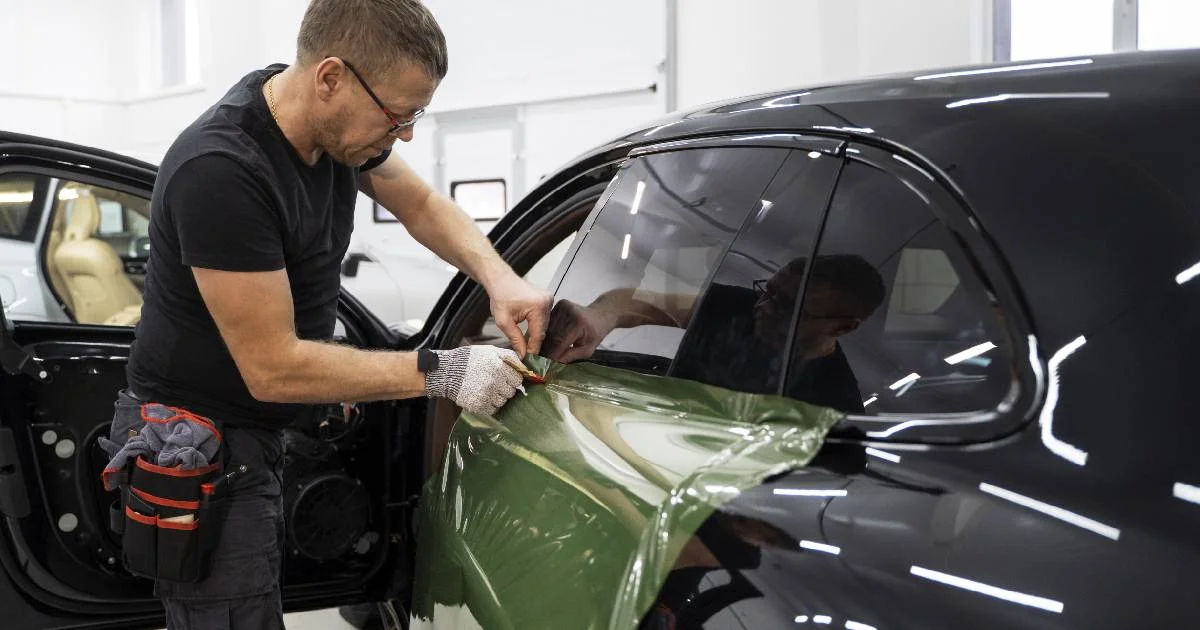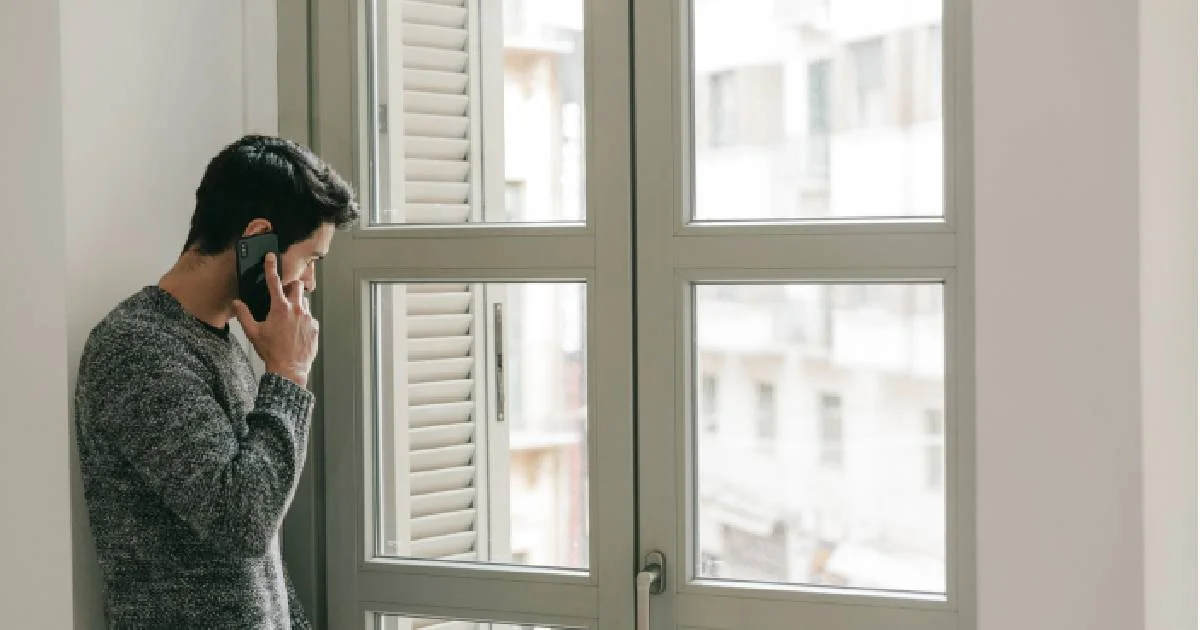
How Much Does A Ceramic Coating Cost?
07 Mar 2024, By AdminIn recent years, automotive enthusiasts and car owners alike have been raving about the benefits of ceramic coatings. This revolutionary protective solution has gained popularity for its ability to enhance a vehicle's appearance and provide long-lasting protection. However, one common question that often arises is, "How much does a ceramic coating cost?" In this blog, we will delve into the factors influencing the cost of ceramic coatings and help you understand what to expect when considering this investment for your vehicle.
Understanding Ceramic Coating
Before we dive into the cost, let's briefly understand what ceramic coating is. Ceramic coating is a liquid polymer applied to the exterior surfaces of a vehicle. Once cured, it forms a protective layer that shields the paint from various environmental contaminants such as dirt, bird droppings, UV rays, and more. The result is a glossy finish and enhanced durability that can last for several years.
Factors Influencing Cost
- Type of Ceramic Coating: The market offers a range of ceramic coatings with varying quality and durability. Entry-level coatings may be more affordable, but they might not offer the same level of protection as high-end options. Premium ceramic coatings often come with advanced features such as self-cleaning properties and increased resistance to harsh elements.
- Brand Reputation: Established and reputable brands in the ceramic coating industry tend to charge higher prices. This is often because they invest heavily in research and development to create cutting-edge formulations that outperform their competitors.
- Professional Application vs. DIY Kits: Another significant factor in the cost of ceramic coating is whether you opt for professional application or a do-it-yourself (DIY) kit. Professional application by certified detailers can be more expensive, but it ensures a high-quality and precise coating. DIY kits are generally more affordable but may not provide the same level of expertise and longevity.
- Preparation and Correction: The condition of your vehicle's paint before applying the ceramic coating can also impact the overall cost. If your car requires extensive paint correction, which involves removing imperfections like swirl marks and scratches, the preparation process becomes more labor-intensive and, consequently, more expensive.
- Size and Type of Vehicle: Larger vehicles, such as SUVs and trucks, will naturally cost more to coat than smaller cars due to the increased surface area. Additionally, the type of vehicle, whether it's a luxury car or a daily commuter, may influence the pricing.
In conclusion, the cost of ceramic coating varies based on several factors, including the type of coating, brand reputation, application method, vehicle size, and paint condition. While it may seem like a significant investment upfront, many car owners find that the long-term benefits, including enhanced aesthetics and protection, outweigh the initial cost.
Before making a decision, it's crucial to research different ceramic coating options, read reviews, and consider your budget. Whether you choose a professional application or a DIY kit, investing in ceramic coating can ultimately contribute to the longevity and resale value of your vehicle, making it a worthwhile consideration for automotive enthusiasts and those looking to protect their investment.

The Ultimate Guide to Vinyl Wrap in Hamilton: Tips and Tricks for a Stunning Finish
07 Mar 2024, By AdminVinyl wrapping has become an increasingly popular method for transforming the appearance of vehicles, furniture, and other surfaces. In Hamilton, the trend has caught on, with enthusiasts and businesses alike embracing the versatility and durability of vinyl wraps. Whether you're looking to add a personal touch to your car or give your business vehicle a professional look, mastering the art of vinyl wrapping is essential. In this comprehensive guide, we'll explore the ins and outs of vinyl wrap in Hamilton, providing you with tips and tricks for achieving a stunning finish.
Understanding Vinyl Wrap
Before diving into the application process, it's crucial to understand the basics of vinyl wrap. Vinyl wraps are thin, adhesive-backed films that adhere to surfaces, creating a protective layer that can be customized with various colors, textures, and designs. They offer a cost-effective alternative to traditional paint jobs, allowing for easy removal and updates.
Choosing the Right Vinyl
Selecting the right vinyl is the foundation of a successful wrap. Consider the surface you're wrapping and the desired finish. For vehicles in Hamilton's diverse weather conditions, opt for high-quality, weather-resistant vinyl to ensure longevity. Matte, gloss, satin, and metallic finishes are popular choices, each offering a unique aesthetic.
Preparing the Surface
Proper surface preparation is key to a flawless vinyl wrap. Ensure that the surface is clean, smooth, and free from any dirt, grease, or wax. Use a mild detergent and water solution to clean the surface thoroughly, and follow up with isopropyl alcohol to remove any remaining residue. Repair any existing damage, such as dents or scratches, before starting the wrapping process.
Essential Tools for the Job
Gather the necessary tools before beginning the vinyl wrap process. Essential tools include a squeegee, heat gun, knife or cutting tool and measuring tape. Investing in high-quality tools will make the application smoother and result in a professional-looking finish.
Mastering the Application
The key to a successful vinyl wrap lies in the application technique. Start by carefully aligning the vinyl with the target surface, ensuring a slight overhang on all edges. Use a squeegee to remove air bubbles and smooth out the vinyl, working from the center outward. A heat gun can be used to stretch the vinyl around curves and contours for a seamless finish.
Trimming and Finishing Touches
Once the vinyl is applied, trim the excess material with precision. A sharp cutting tool is crucial for achieving clean edges and corners. Pay attention to details, such as door handles and curves, to ensure a professional look. Seal the edges with a heat gun for added durability and longevity.
Maintenance and Care
To preserve the quality and appearance of your vinyl wrap in Hamilton's varying weather conditions, follow a routine maintenance schedule. Wash your wrapped surface regularly with a mild detergent, avoiding abrasive cleaners that could damage the finish. Additionally, park your wrapped vehicle in shaded areas whenever possible to minimize exposure to harsh sunlight.
Conclusion
Vinyl wrapping in Hamilton opens up a world of creative possibilities for vehicle customization and branding. By understanding the nuances of the process and incorporating the tips and tricks outlined in this guide, you can achieve a stunning finish that not only turns heads but also stands the test of time. Whether you're a DIY enthusiast or seeking professional services, mastering the art of vinyl wrap will undoubtedly elevate your style and make a lasting impression on the streets of Hamilton.

Unveiling the Magic: How Paint Protection Film Keeps Your Car Looking Brand New
07 Mar 2024, By AdminWhen you invest in a new car, you're not just purchasing a means of transportation – you're acquiring a symbol of style, innovation, and modern engineering. Naturally, you'd want to keep your vehicle looking as pristine as the day you drove it off the lot. However, the harsh realities of the road – from gravel to road debris to the elements – can quickly take a toll on your car's exterior. This is where the magic of Paint Protection Film (PPF) comes into play.
What is Paint Protection Film?
Imagine a transparent shield that wraps around your car, shielding its delicate paintwork from the forces of nature. Paint Protection Film, often referred to as clear bra or PPF, is a thin, virtually invisible layer made from high-performance urethane material. Applied to your car's exterior surfaces, PPF acts as a robust barrier against a wide array of potential damage.
Unseen Armor: The Benefits of Paint Protection Film
1. Preserves Resale Value: A well-maintained exterior significantly enhances your car's resale value. Paint Protection Film safeguards your car's paint from chips, scratches, and fading, ensuring it maintains that fresh-off-the-lot appeal.
2. Invisible Protection: One of the remarkable features of PPF is its transparency. It shields your car without altering its appearance, allowing you to enjoy the original color and design without compromise.
3. Defends Against Debris: Whether it's rocks kicked up from the road or the stray shopping cart in a parking lot, PPF acts as a physical barrier against various forms of external damage.
4. UV Radiation Blocker: Prolonged exposure to the sun can lead to fading and discoloration of your car's paint. Paint Protection Film has built-in UV blockers that shield against these harmful rays, keeping your car looking vibrant and new.
5. Easy Maintenance: Cleaning and maintaining PPF is a breeze. Its smooth surface resists dirt, grime, and stains, allowing you to effortlessly wipe away contaminants and maintain that showroom shine.
6. Self-Healing Properties: Some premium PPF products possess self-healing properties. Minor scratches and swirl marks disappear when exposed to heat, leaving your car's surface immaculate.
The Application Process: A Craftsmanship Approach
Applying Paint Protection Film is a skillful process that demands precision and expertise. Trained professionals meticulously measure, cut, and place the film onto the vehicle's surface, ensuring a seamless fit that preserves the car's aesthetics. This attention to detail prevents unsightly edges and bubbles, providing you with a result that's both protective and visually appealing.
Investing in Long-Term Beauty
While some may view Paint Protection Film as an optional extra, it's crucial to consider the long-term benefits it offers. By investing in PPF, you're safeguarding your investment and ensuring your car remains a source of pride for years to come. With the advancements in material technology and application techniques, Paint Protection Film has evolved into a magical solution that maintains your car's allure, allowing you to drive confidently without the fear of road-induced blemishes.
In a world where we cherish the harmony between aesthetics and functionality, Paint Protection Film emerges as a remarkable innovation – an invisible shield that lets your car's beauty shine through while defending it against the challenges of the open road. So, the next time you admire a car that seems to defy the passage of time, remember that there might be a little magic in the form of Paint Protection Film.

How to Choose the Right Window Tint for Your Home: Latest Trends and Options
07 Mar 2024, By AdminWhen it comes to home window tinting, there's more to it than just adding an extra layer of privacy and style to your living space. The latest trends and options in home window tinting offer a wide range of benefits, from improved energy efficiency to enhanced security and UV protection. In this blog, we'll explore the latest trends and options to help you choose the right window tint for your home.
Why Tint Your Home Windows?
Before diving into the latest trends and options, let's quickly touch on why home window tinting is a worthwhile investment. Tinting your windows offers numerous advantages:
- Privacy: Window tint can provide privacy by preventing outsiders from peering into your home.
- Energy Efficiency: Tinted windows can reduce heat gain in the summer and heat loss in the winter, leading to lower energy bills.
- UV Protection: Window tint blocks harmful UV rays, protecting your furniture and flooring from fading.
- Glare Reduction: Tinted windows can significantly reduce glare from the sun, making your living spaces more comfortable.
- Safety and Security: Some tints offer shatter resistance, adding a layer of security to your home.
Now, let's explore the latest trends and options in home window tinting.
1. Decorative Window Films
One of the newest trends in home window tinting is decorative window films. These films come in various patterns, textures, and colors, allowing you to add a touch of personality to your windows. Whether you prefer a frosted, stained glass, or custom design, decorative window films can transform your windows into a work of art. They are also a great choice for adding privacy without sacrificing style.
2. Smart Tinting Technology
As technology advances, so does window tinting. Smart tinting technology, also known as switchable or electrochromic glass, allows you to control the level of tint with the push of a button. This innovative option is perfect for those who want to balance natural light with privacy. Smart tinting technology can be integrated into your home's automation system, making it even more convenient.
3. Heat-Reflective Films
In regions with hot summers, heat-reflective window films have become increasingly popular. These films are designed to reduce solar heat gain, keeping your home cooler and more comfortable. By minimizing the need for excessive air conditioning, heat-reflective films can also help lower your energy bills.
4. Safety and Security Films
Security window films provide an added layer of protection for your home. These films are designed to make the glass more shatter-resistant, which can deter intruders and protect your family in case of accidents or extreme weather conditions. Additionally, security films are often combined with solar-control features, providing a dual benefit of safety and energy efficiency.
5. UV-Blocking Films
UV-blocking films are an essential choice for homeowners concerned about protecting their furniture and flooring from the harmful effects of ultraviolet rays. These films can block up to 99% of UV radiation while allowing visible light to pass through. This option is not only practical but also essential for preserving the longevity of your interior decor.
6. Choosing the Right Window Tint
Selecting the right window tint for your home involves considering your specific needs, climate, and personal preferences. Here are a few tips to help you make an informed decision:
- Consult with a professional: Reach out to a window tinting expert who can assess your needs and recommend the best options.
- Check local regulations: Some areas have regulations regarding the darkness of window tint. Ensure that your chosen tint complies with local laws.
- Consider long-term costs: While high-quality tints may have a higher upfront cost, they often provide better durability and energy efficiency, saving you money in the long run.
- Review warranties: Look for warranties on the products and installation to ensure you're covered in case of defects or issues.
In conclusion, home window tinting is a versatile and practical solution that offers a wide range of benefits. Whether you're looking for added privacy, energy efficiency, UV protection, or decorative options, there's a window tint that suits your needs. Keep up with the latest trends and consult with professionals to make the right choice for your home. With the right window tint, you can enhance the comfort, style, and security of your living space.
